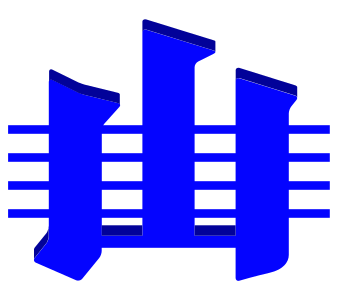Field excursion to some key Lower Cretaceous sites in Drôme (SE France) – May 17-19, 2017
Report by Brian Huber (ICS vice-chair)
Field trip participants: Bruno Granier (Excursion leader; France), Chaim and Sharon Benjamini (Israel), Elliot and Donna Burden (Canada), André Charrière (France), Francesca Falzoni (Italy), Andy Gale (United Kingdom), Eric Groessens and Marie-Claire Groessens-Van Dyck (Belgium), Brian Huber (USA), Jacques Malod (France), Maria Rose Petrizzo (Italy), Andreas Strasser (Switzerland), Pablo Suárez González (Spain).
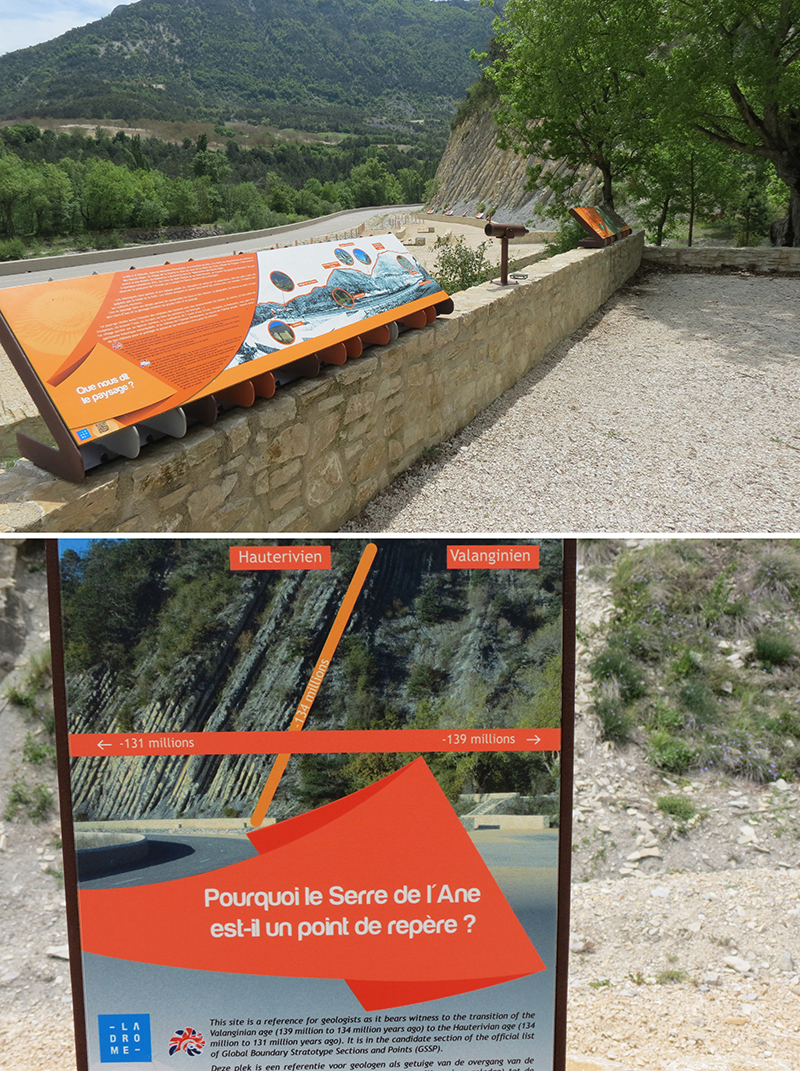
Fig. 1. Signage at a geopark established for the candidate GSSP section for the base of the Hauterivian, about 2 km west of La Charce. Construction of the geopark required moving the road away from the outcrop before the walkways, signs and picnic grounds could be built. The total cost was about 1.4 million Euros.
Members of the Subcommission on Cretaceous Stratigraphy, International Commission on Stratigraphy and interested specialists on Cretaceous stratigraphy participated in a 3-day field excursion to visit candidate and accepted Lower Cretaceous GSSP sections in the Vocontian Basin of SE France (Department of Drôme) from 17-19 May 2017.
The excursion was led by Bruno Granier (University of Brest) and was organized under the aegis of the Groupe Français du Crétacé and the French Geological Society. It included 15 participants from nine countries, most of whom traveled together in a bus driven by Dr. Granier. The group stayed during two evenings at a fine hotel in the historic village of Nyons, which is about 160 km SSE of the city of Lyons.
The purpose of the field trip was to discuss the biostratigraphy, sedimentology, paleoenvironmental interpretations, and outcrop accessibility and continuity for candidate sections for the bases of the Valanginian, Upper Valanginian, and Hauterivian Stages or substage. We also visited some Berriasian and Barremian localities with km3 megaslumps, debris flows and calcareous turbidites. In all cases the exposures were excellent and easily accessible from surrounding roads.
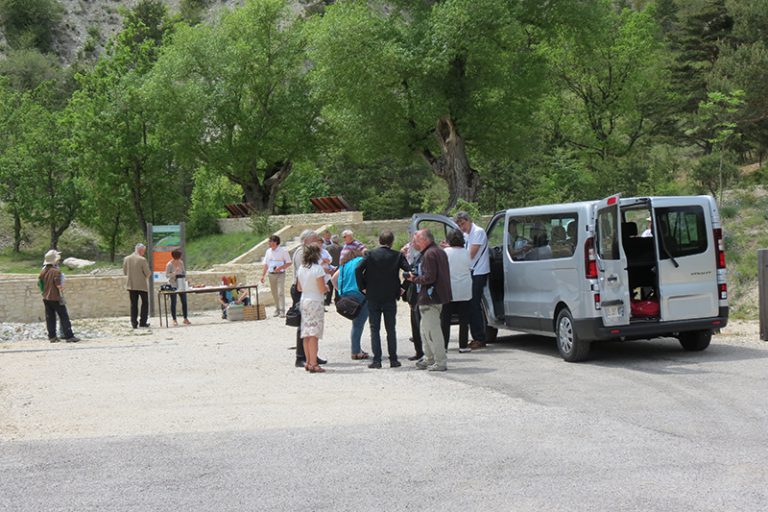
Fig. 2. Officials from Valence, the mayor of La Charce, and newspaper reporters met with field excursion participants to celebrate the new geopark for the base of the Hauterivian.
Dr. Granier’s familiarity with the sections and the field guide handouts provided the background necessary for discussions on the age control for the sections, ability to correlate bioevents regionally or globally, and potential for establishing astrochronologic age control within sections that exhibit very regular and stratigraphically extensive cyclic sedimentation.
One of the highlights of the trip was a visit to a geopark that was completed in 2014 for the purpose of educating visitors about the international significance of the candidate Hauterivian GSSP section outcrop exposed along the road (Fig. 1). The geopark is located about 2 km west of the village of La Charce, which dates to the middle-ages (Fig. 2). The section and geopark includes several picnic tables and walkways with numerous signs explaining the significance of the geologic section, the geology and paleontology of the outcrop, and the geology of the region. A large parking lot next to the walkways can accommodate numerous vehicles at the same time. It is estimated that the park was visited by about 10,000 people during 2016.
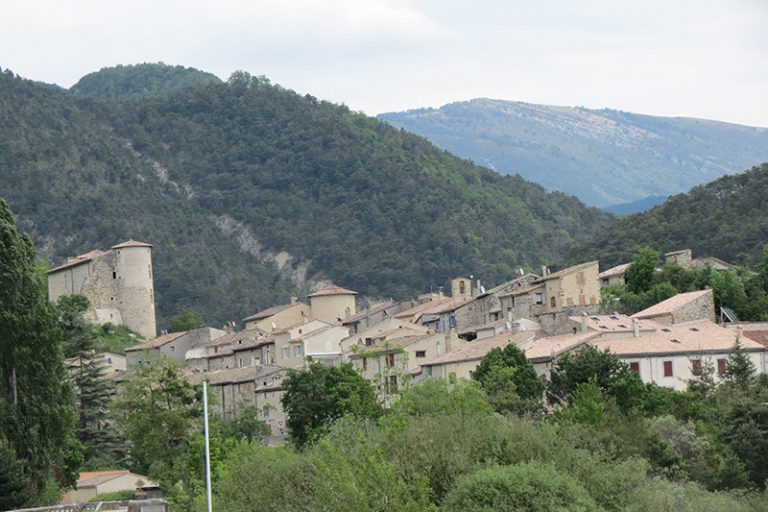
Fig. 3. Photo of the Middle Ages era village of La Charce, about 2 km east of the Hauterivian geopark. The recently restored castle is on the left.
To celebrate the opening of the geopark officials from the Department of Drôme traveled two hours from Valence to meet with excursion participants and the mayor of La Charce (Fig. 3). Several news reporters were also present to document the gathering. The President of the Drôme Departmental Council expressed frustration that after 13 years the GSSP was has still not been approved, but Maria Rose Petrizzo did a fine job explaining reasons for the delay and she provided reassurance that a new initiative to submit a GSSP proposal is underway and a vote is expected within the next two years. The group then was invited by the mayor of La Charce to walk through his village and visit the village castle.
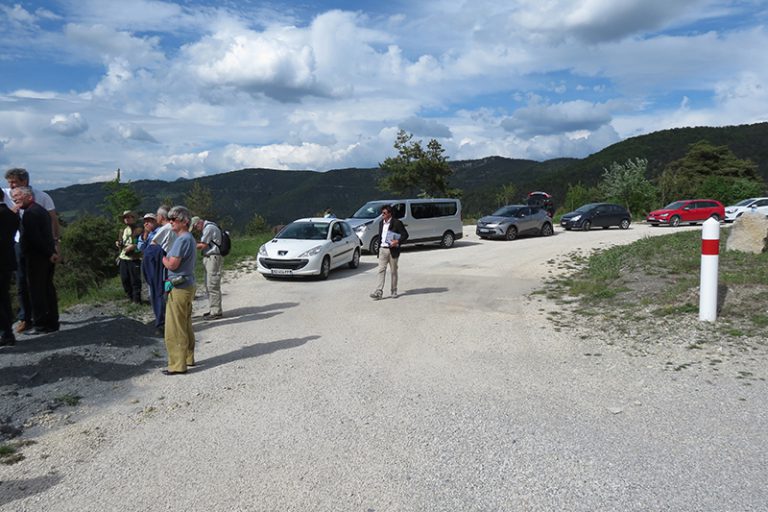
Fig. 4. Officials and field excursion participants meet at a road pull-off overlooking the Albian GSSP Col de Pré-Guittard section. The officials agreed that setting up a small geopark is feasible since the pull-off and the outcrop are on government-owned land and the view of the boundary outcrop provides an opportunity for erecting explanatory signage that can easily be understood.
Following the meeting at the Hauterivian geopark several officials, including both the Director of the Regional Natural Park of Baronnies provençales and the Head of the Sensitive Natural Areas Department, joined the excursion participants to see the Albian GSSP section at Col de Pré-Guittard and for the purpose of discussing the possibility of setting up a small geopark there. The group agreed that a road pull-off (Fig. 4) would provide space for parking and the view of the outcrop from the pull-off (Fig. 5) is well-suited for design of educational signage that could be erected near the edge of the pull-off. The officials suggested that a proposal for an Albian GSSP geopark could be reviewed by the regional officials once the Hauterivian GSSP is approved.
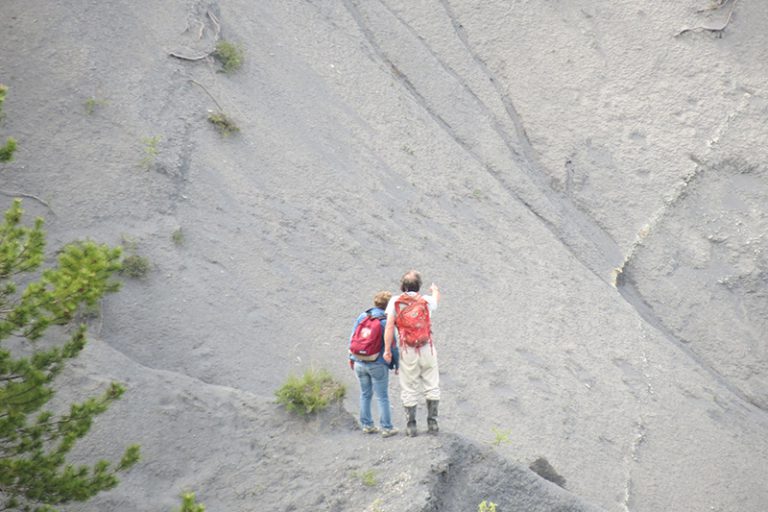
Fig. 5. Cretaceous Subcommission Chair Maria Rose Petrizzo and Andy Gale are standing near the Niveau Kilian, which is where the Albian GSSP is located.
The field excursion was very well organized and was most enjoyable and informative. Participants were very grateful to Bruno Granier for all the time he invested planning and leading the excursion and coordinating our meeting with regional officials to discuss the French geopark initiatives. Seeing the outcrops for candidate GSSP sections was extremely informative to the participants. Meeting and conversing with the regional political officials did much assuage their frustrations about the delayed Hauterivian GSSP proposal, and it opened the possibility for obtaining funding to establish a small geopark for the Albian GSSP section. Members of the Cretaceous Subcommission will begin working with department officials to secure funding and plans for an Albian GSSP geopark once a decision on the Hauterivian GSSP has been made.
